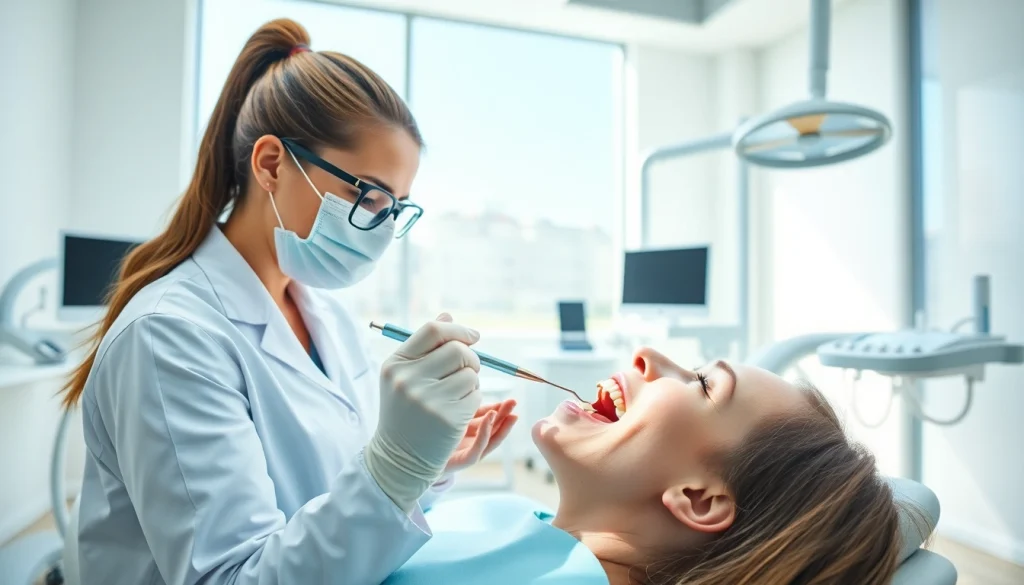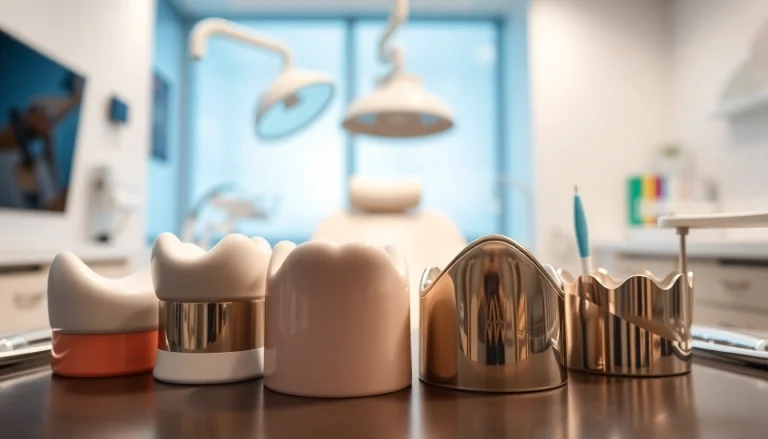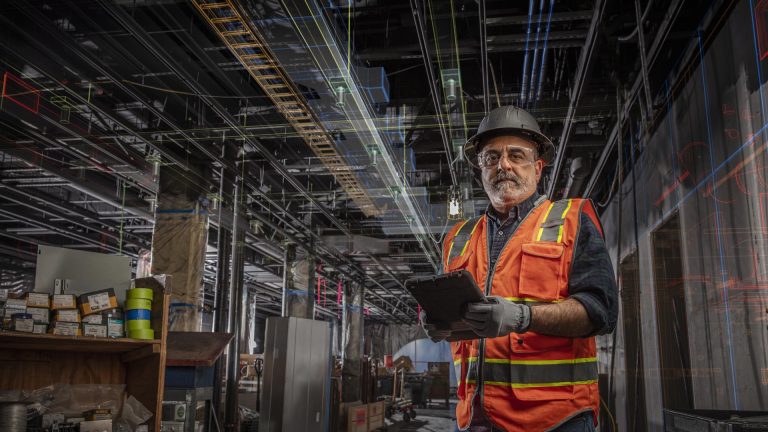
What Are Dental Cleanings?
Definition and Importance of Dental Cleanings
Dental cleanings are a crucial part of oral hygiene, aimed at maintaining the health of your teeth and gums. Professionally performed by dental hygienists or dentists, these cleanings involve the removal of plaque, tartar, and other debris that can build up on your teeth over time. Dental cleanings are not just a cosmetic procedure; they’re fundamental to preventing dental issues such as cavities, gum disease, and bad breath. Regular dental cleanings help in identifying potential problems early, ensuring a healthier smile in the long run.
How Dental Cleanings Differ from Routine Check-ups
Many patients confuse dental cleanings with routine check-ups, but they serve different purposes. A routine check-up typically refers to a comprehensive dental examination that includes both an assessment of your oral health and the cleaning itself. During a check-up, your dentist will evaluate your teeth and gums, looking for signs of decay, disease, or other issues. On the other hand, dental cleanings specifically focus on the removal of contaminants from your teeth and gums, providing a deeper level of cleaning that helps maintain oral health.
Understanding the Frequency of Dental Cleanings
The frequency of dental cleanings can vary based on individual needs and oral health conditions. Generally, adults are advised to undergo professional teeth cleaning at least twice a year. However, patients with gum disease or those prone to cavities may need more frequent visits. Your dentist will recommend a personalized schedule based on your unique oral health profile, which may involve special considerations or treatments.
The Step-by-Step Process of Dental Cleanings
Initial Examination: What to Expect
The first step of your dental cleaning is an initial examination. The hygienist or dentist will visually inspect your mouth, gums, and teeth for any signs of oral health issues. This thorough examination serves as a baseline for your dental health and informs the specific cleaning techniques that may be necessary. Diagnostic tools such as X-rays may also be employed to detect issues that are not visible to the naked eye.
Removing Plaque and Tartar: Tools and Techniques
The next phase involves the removal of plaque and tartar using specialized dental tools. The hygienist employs ultrasonic scalers that use vibrations to loosen tartar, making it easier to eliminate. Handheld instruments called curettes and scalers are then used to meticulously scrape away remaining debris. This process halts the development of cavities and gum disease, which can lead to more serious health problems if left untreated.
Polishing and Flossing: Final Steps for a Clean Finish
After effectively removing plaque and tartar, the hygienist will polish your teeth using a gritty toothpaste polish. This step not only enhances the shine of your teeth but also helps to remove surface stains. Following polishing, your teeth will be expertly flossed to reach areas that the toothbrush may miss, ensuring that every crevice is thoroughly cleaned. This comprehensive approach leaves you with a fresh, clean mouth.
Types of Dental Cleanings and Their Purposes
Regular Cleanings vs. Deep Cleanings
Regular cleanings, often referred to as prophylaxis cleanings, are designed for patients with healthy gums and minimal plaque buildup. They serve as preventive care to maintain oral health. Conversely, deep cleanings, also known as scaling and root planing, are reserved for patients with gum disease. These cleanings require localized anesthesia and involve more extensive cleaning down to the roots of the teeth to eliminate bacteria from gum pockets. This thorough approach aids in healing gum tissue and prevents further progression of the disease.
Scaled Cleanings for Gum Health
Scaled cleanings, part of the deep cleaning category, focus on removing greater amounts of tartar and bacteria from beneath the gum line. This procedure is critical for the treatment of gingivitis and periodontitis, as it addresses tartar buildup that can lead to more serious gum issues. Regular follow-ups after deep cleanings are often advised to monitor gum health and ensure that the treatment is effective.
Advanced Procedures: When Are They Necessary?
Advanced dental cleaning procedures may be necessary in cases of severe gum disease or other complex oral health issues. Treatments such as laser therapy or surgical intervention may be required to manage advanced periodontal disease. These procedures are typically recommended following a patient’s specific needs, as determined by their dental professional during check-ups and evaluations.
Benefits of Regular Dental Cleanings
Impact on Oral Health: Preventative Benefits
One of the most significant advantages of regular dental cleanings is their preventative capability. By removing plaque and tartar, cleanings help reduce the risk of cavities, gum disease, and other oral health concerns. Regular cleanings also allow for early detection of potential issues, enabling timely intervention and treatment—ultimately saving you from more extensive and costly procedures later on.
Long-term Advantages: Saving Time and Money
Investing in regular dental cleanings can save you time and money in the long run. By maintaining optimal oral health through preventive measures, like cleanings, you can avoid major dental work that could arise from untreated issues. This proactive approach not only offers financial benefits but also spares you from the discomfort associated with advanced dental problems, making routine cleanings a wise choice for your health and budget.
Boosting Confidence: How Clean Teeth Enhance Smiles
A clean, bright smile can significantly boost your self-esteem and confidence. Regular cleanings not only help maintain the health of your teeth but also enhance their appearance. By achieving a healthier-looking smile, you’ll feel more inclined to show off your teeth, which can positively affect social interactions and your overall mindset. The emotional benefits of good oral health should not be underestimated.
Common Concerns and Questions About Dental Cleanings
Addressing Pain and Discomfort During Procedures
Many patients express concern over potential pain or discomfort during dental cleanings. While some mild discomfort is possible, particularly if gum disease is present, most patients find cleanings to be relatively painless. Dentists often employ numbing agents for deeper cleanings or specific areas that might be sensitive. It’s essential to communicate any discomfort you might experience during the procedure, as your comfort is a priority for the dental team.
Debunking Myths About Dental Cleanings
Several myths circulate regarding dental cleanings, leading to unnecessary anxiety for patients. One common misconception is that dental cleanings are only for those with dental issues. In reality, regular cleanings are vital for everyone, regardless of their current dental health. Additionally, some people believe that dental cleanings can damage teeth or gums, which is untrue. A qualified dental professional will ensure that the cleaning is conducted carefully and safely, promoting better health.
Preparing for Your First Dental Cleaning
If you’re preparing for your first dental cleaning, it’s natural to feel a bit anxious. To ease your nerves, consider the following tips: ensure you’ve updated your dentist on any medical conditions or medications, bring a list of questions you might have, and practice good oral hygiene leading up to your visit. Remember, dental professionals are there to help you and make the experience as comfortable as possible.






